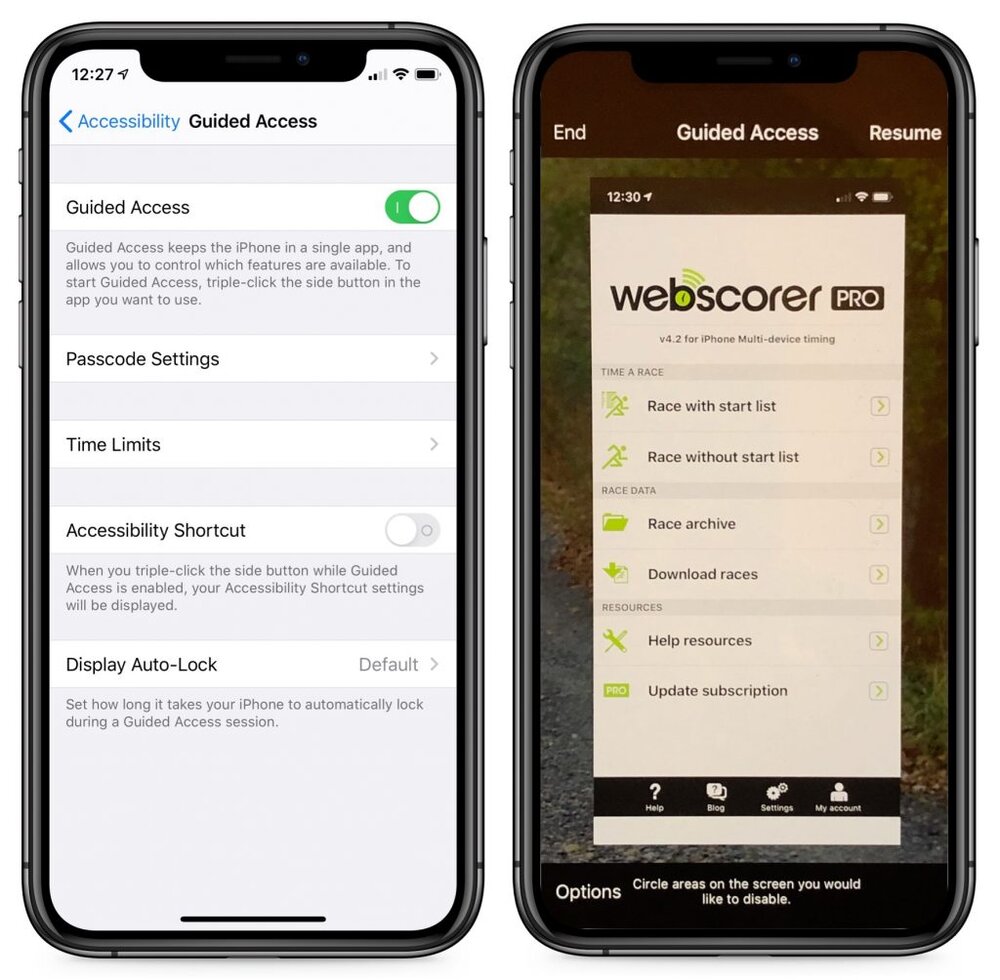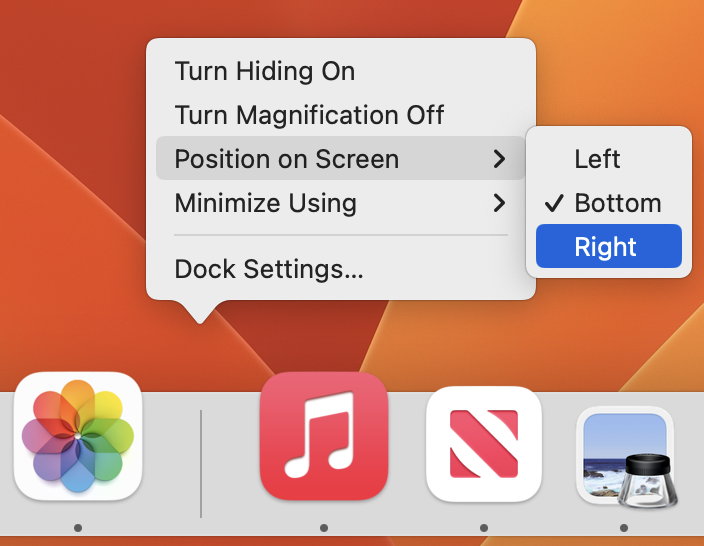You know that you should never, ever share your iPhone or iPad passcode with anyone you don’t trust implicitly, like a spouse or adult child, right? That’s because, with your iOS passcode, someone could change your Apple ID password, and if you use iCloud for email, someone could steal or otherwise abuse your online identity. (Scared? Good. If you’ve given anyone your passcode, go change it right now. We’ll wait.)
If sharing your passcode is such a terrible idea, how do you let someone else use your iPhone or iPad temporarily? Perhaps you want to let your kid play a game in the car while you focus on navigating. Or, maybe you time running races with an iPhone app and want someone to do the timing without giving them full access to your iPhone. Whatever the reason, how can you give someone limited access to a single app in iOS 13? The solution is via Guided Access.
Enabling and Configuring Guided Access
To turn on Guided Access, navigate to:
Settings > Accessibility > Guided Access (it’s near the bottom), and flick the switch.
While you’re here, check out the remaining settings:
-
Passcode Settings: Create a passcode for getting out of Guided Access here (it can be different from your normal one), and choose whether you can use Touch ID or Face ID to exit as well.
-
Time Limits: You don’t set time limits here, but you can set audio and spoken warnings before the time runs out.
-
Accessibility Shortcut: Enable this if you also use triple-click for another Accessibility Shortcut, such as Magnifier.
-
Display Auto-Lock: Choose how long the device can be inactive before the screen turns off. If the Guided Access user wakes up the device, they’ll still be in Guided Access.

With those settings configured, switch to the desired app and triple-click the side or Home button, and if necessary, tap Guided Access in the Accessibility Shortcut list. You can do five things:
-
Set session-specific options: Tap Options in the lower-right corner to access various switches. If they’re disabled:
-
Side Button or Sleep/Wake Button: The user can’t put the device to sleep.
-
Volume Buttons: The user can’t change the volume.
-
Motion: The screen doesn’t change from the orientation (portrait or landscape) it was in when you started Guided Access.
-
Touch: The user can’t do anything with the screen at all. This is probably most appropriate if you want to allow a young child to watch a video.
-
Dictionary Lookup: Prevents word lookups in some apps.
-
-
Set time limits: At the bottom of the Options list, tap Time Limit and set an amount of time after which the device can’t be used until you enter the Guided Access passcode.
-
Disable specific areas on the screen: Draw circles around parts of the screen you want to make off-limits to the user. After making a circle, you can move it by dragging it, resize it by dragging any of its handles or remove it by tapping its X button.
-
Start/Resume Guided Access: In the upper-right corner, tap Start. If you haven’t yet set a passcode, you’ll be prompted to do that.
-
Exit the setup screen: In the upper-left corner, tap End.
Using Guided Access
Once you tap Start, iOS tells you it’s entering Guided Access and lets you use the current app with the restrictions you’ve applied. If you decide that the restrictions aren’t right, triple-click the side or Home button to return to the setup screen. When you’re done, tap Resume in the upper-right corner.
To leave Guided Access, triple-click the side or Home button and enter the passcode. In the setup screen, tap End in the upper-left corner.
That’s it! Once you understand the various limitations of Guided Access, you’ll be able to turn it on and off quickly whenever you need to let someone borrow your iPhone or iPad for a while.
About arobasegroup
arobasegroup has been consulting with clients and advising the best use of Apple Technology since 1998. We listen to our customers and solve problems by addressing their specific, unique needs; we never rely on a one-size-fits-all solution or require them to use a specific product. arobasegroup is your advocate in all things related to information technology. Contact us to learn how we can help: info@arobasegroup.com.





